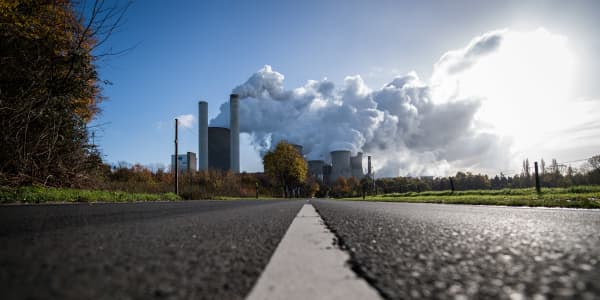Operations at a Volvo facility in Sweden are now running only on renewable energy, according to the firm.
The Volvo Buses plant in the city of Boras — which has the capacity to produce around 10,000 bus chassis annually and a workforce of roughly 300 — is using sources including biofuels and hydropower.
"We are of course very proud that we have reduced our climate impact by only using renewable sources and all the energy we purchase is fossil-free," Joakim Wretman, the plant's production manager, said in a statement issued earlier this week.
"The electricity comes from hydropower, our district heating is provided by biofuels, and the fork-lift trucks in the factory run on electricity or HVO, which is a renewable fuel," Wretman added. HVO refers to hydrotreated vegetable oils.
Wretman went on to explain that a number of other changes have been made to reduce the site's energy use by 15%.
These include replacing fluorescent lightbulbs with LED fittings and the site's lighting being automatically regulated to ensure it is only being used when production is taking place.
"We also ensure that no electricity-consuming equipment remains switched on when it is not needed," Wretman added.
Lighting has a big impact on the way buildings operate and use resources. According to the Carbon Trust, it uses roughly 20% of electricity generated in the U.K.
The organization has described lighting controls as being "the key to managing the use of light and to ensure that the right light is provided in the right place and at the right time." Automatic controls, it adds, can include movement sensors and light sensors.




